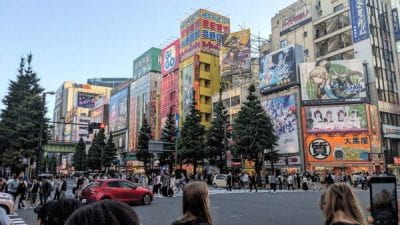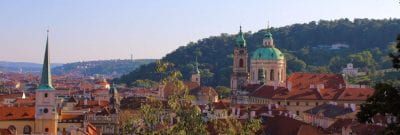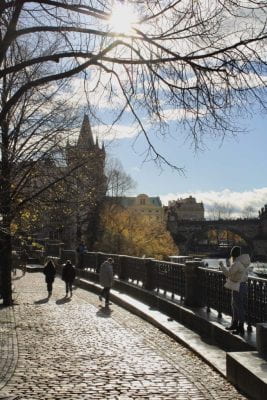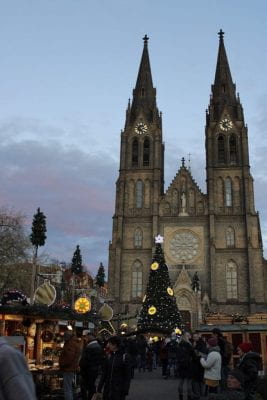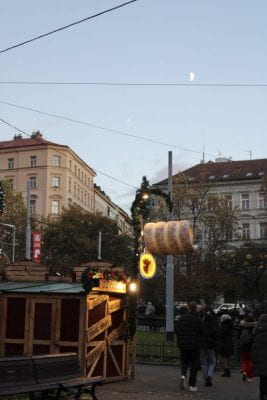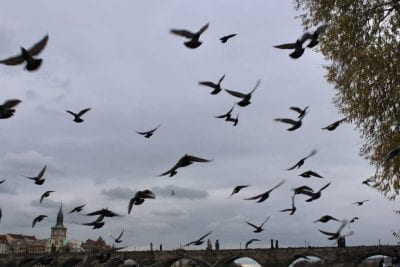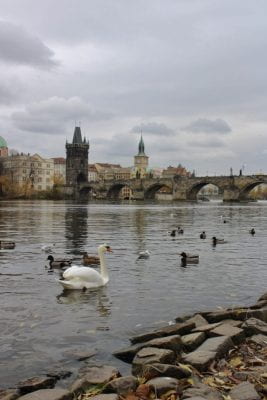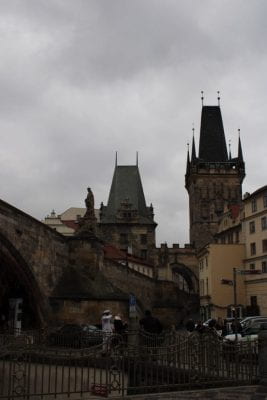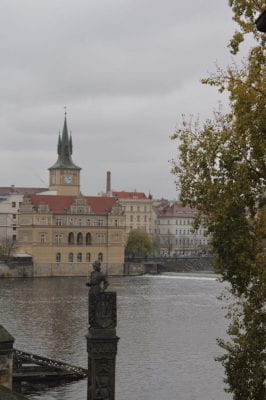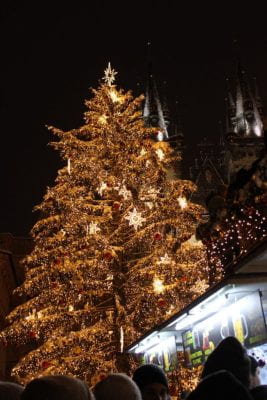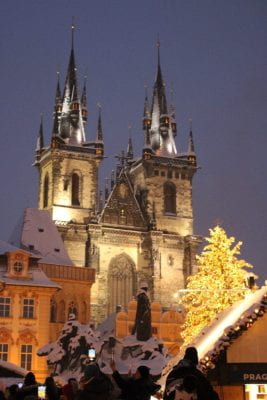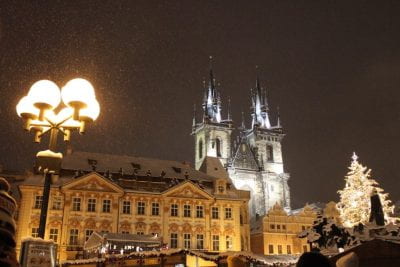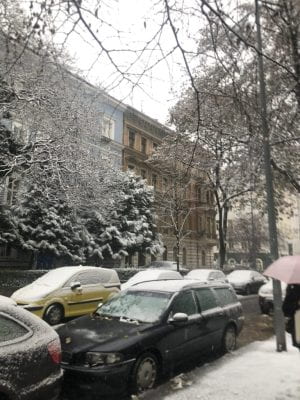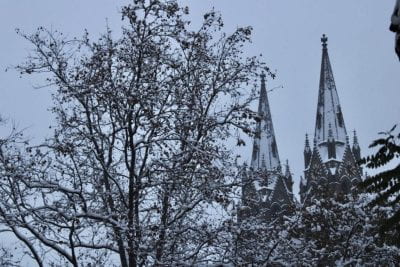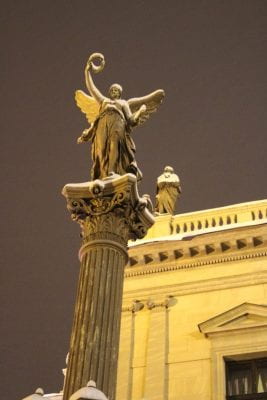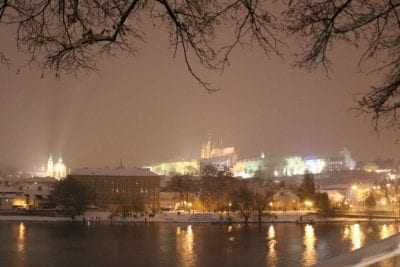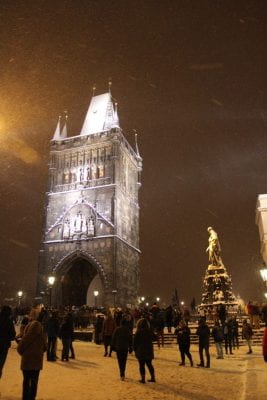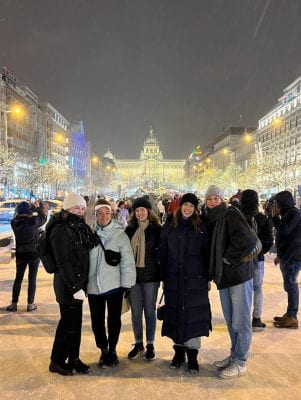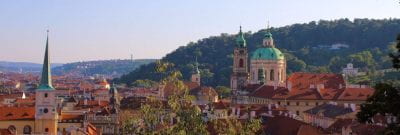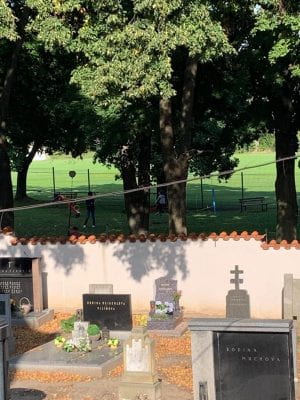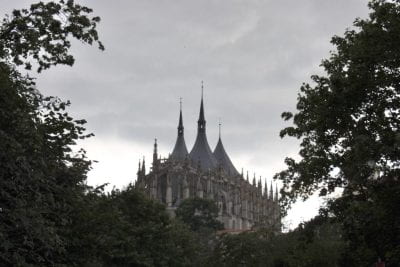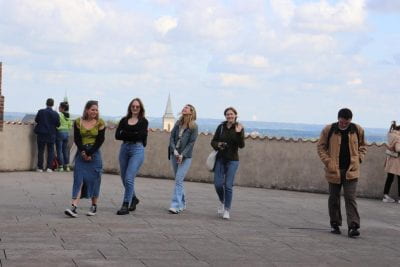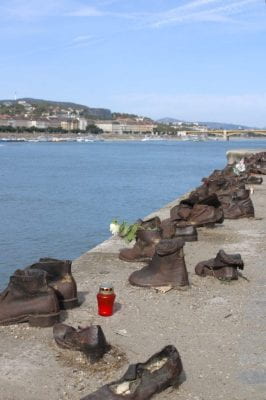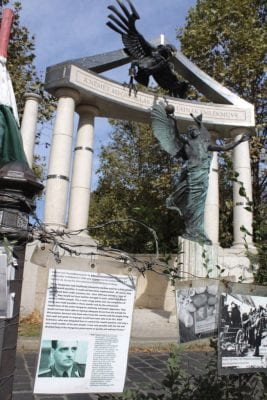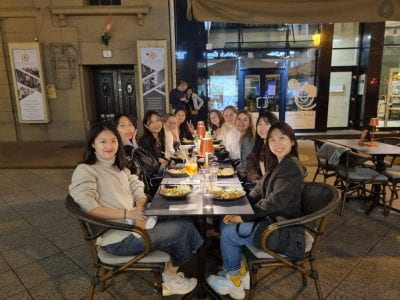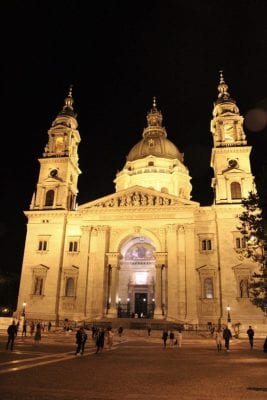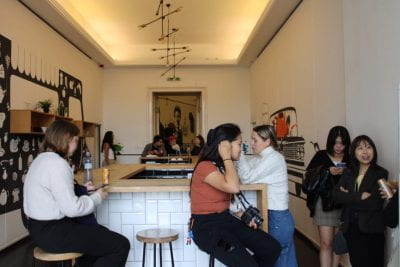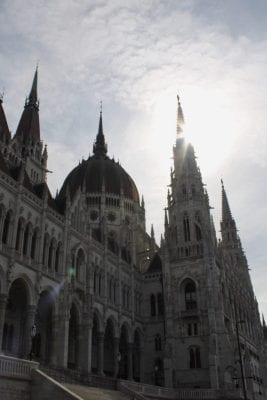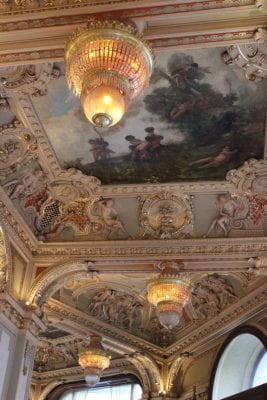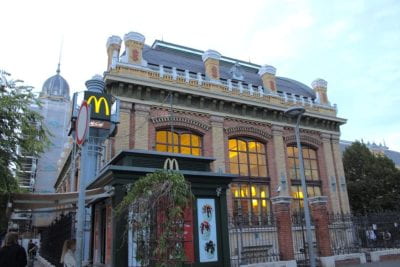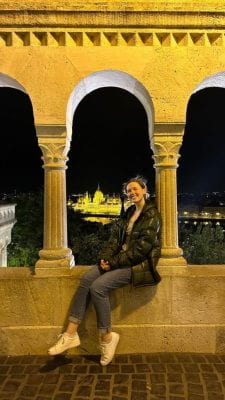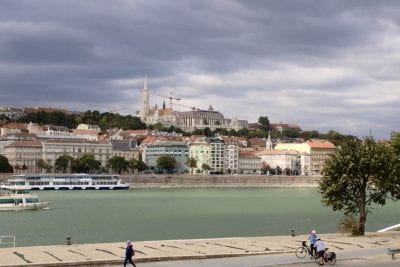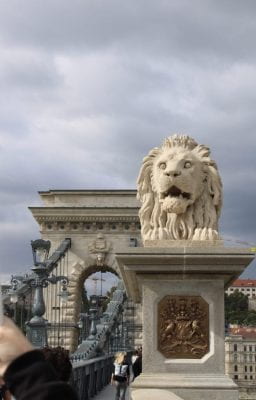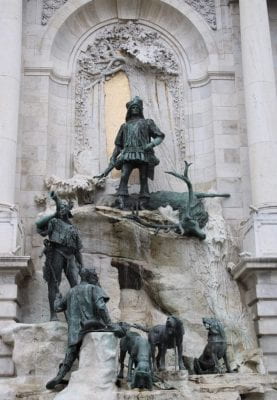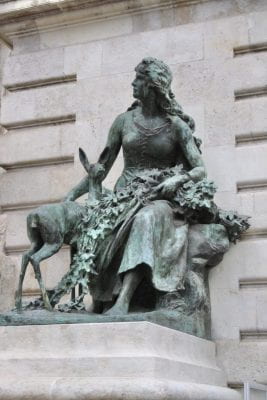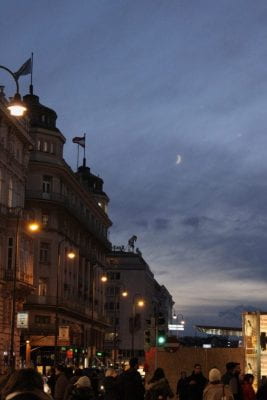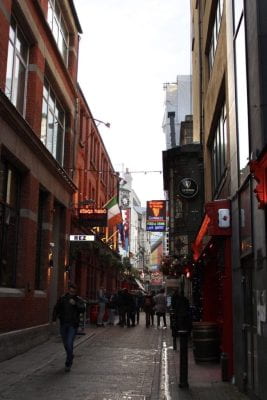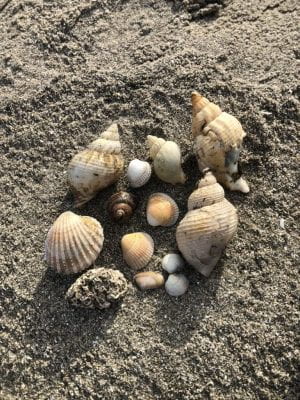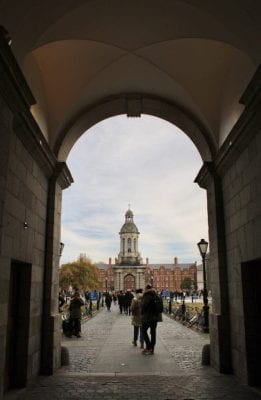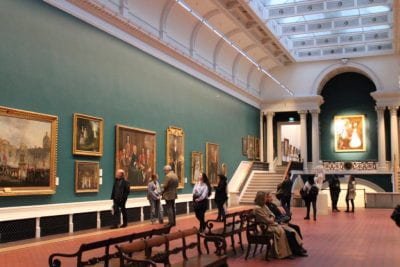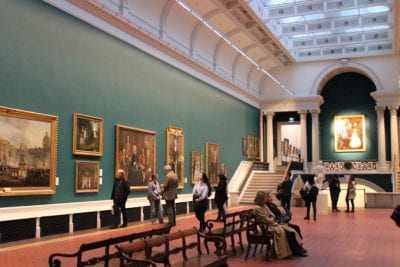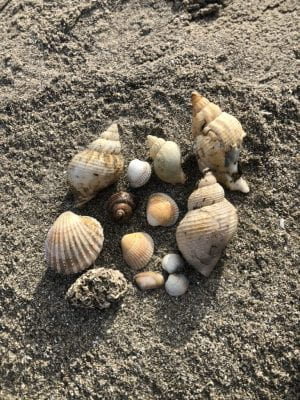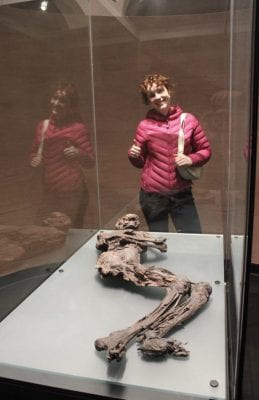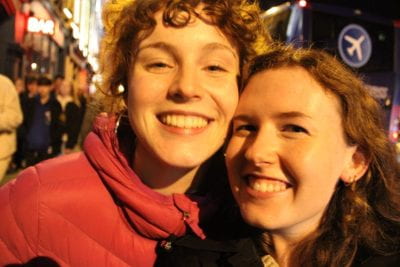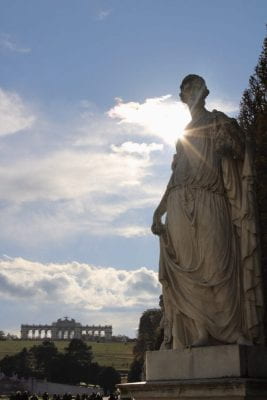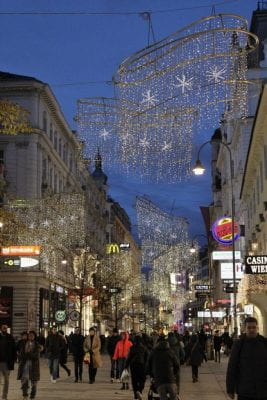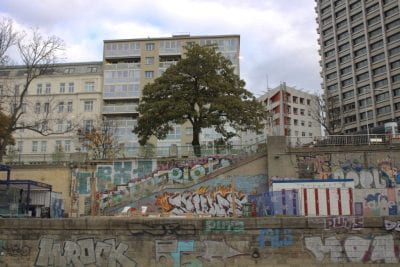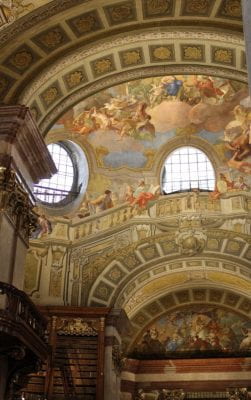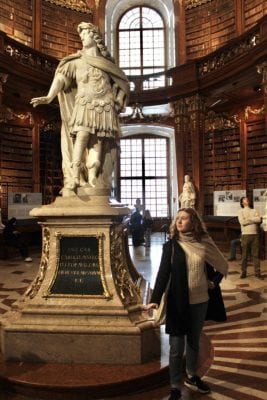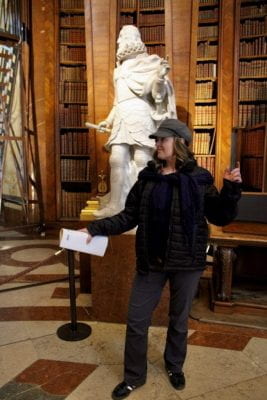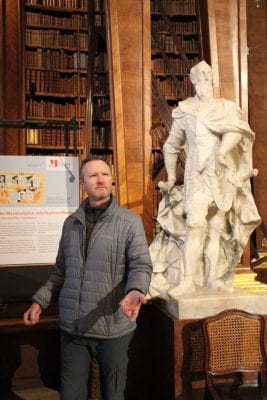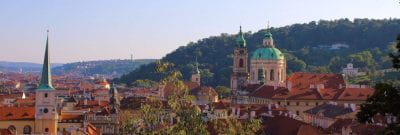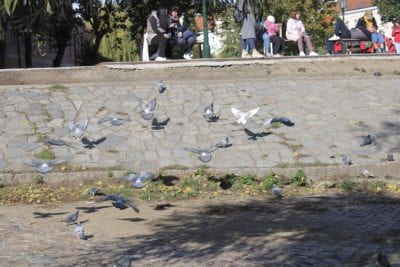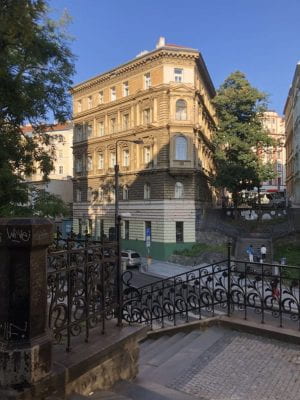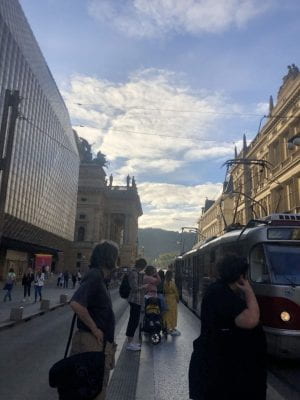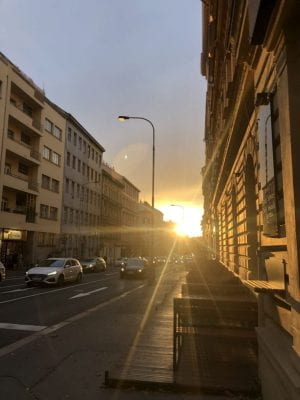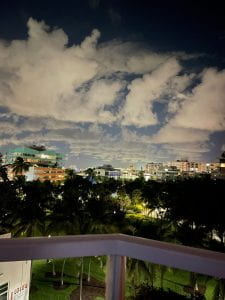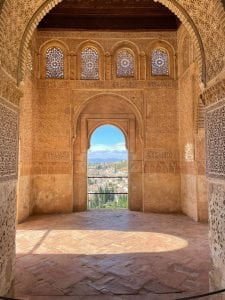By: Jade Harding
This week, I’m going to talk about my single largest point of stress before going abroad: the trials and tribulations of getting a VISA. My study abroad program was my first time abroad, so this was completely new territory for me with a lot to learn, and I made mistakes. I’ll leave this record in the hopes of setting some expectations about the pathway to actually getting abroad.
I haven’t been abroad, how do I schedule my flight?
My study abroad program wasn’t just my first time abroad, but also the first time I had to arrange a flight. That made me quite nervous. Some programs may arrange this for you, but if you have to, you mainly need to know the destination airport, your nearest airport and how many checked-bags you want to bring with you. The biggest tip is to reserve your flight at least three months out from departure. The closer you get, the more expensive the flight is going to be, particularly within about two weeks. However, you also cannot reserve the flight until you are accepted into your program and know the destination, so some patience is involved. Additionally as I’ll talk about below, you are likely not going to receive your VISA until close to departure, so expect to reserve a flight before that process is finished.
How Tough is it to Get a VISA?
For shorter programs, a VISA often won’t be needed. Assuming you aren’t working, you can be in Japan for three months without needing to get one. But, for programs over three months, getting a hold of one can be a primary point of concern (and stress). The exact process is going to vary by country and consulate. For programs in Japan originating from the US, VISA procurement goes thus: apply to your program in Japan, if you are accepted and there aren’t any sudden global disruptions the host institution will get a Certificate of Eligibility (CoE) from the Japanese government. The certificate certifies your eligibility for a VISA, as well as setting the duration you can stay in the country. The host institution will send this certificate directly to you, in the post. This certificate must then be sent or carried, along with all the other necessary application materials, to your local Japanese consulate. If that process goes well, they will send you a VISA (after a 5 day processing time in the case of my local consulate) and you will be able to be in the country for the period of your stay. This process has a decent number of steps, but is fairly simple as long as you submit the right forms. The constraint is time; the process is entirely dependent on the timeline of the host institution, government, and local consulate. This can be stressful, especially when something goes wrong because a lot is simply out of your hands. For me, the most difficult part of the process was patience.
Double Check your Paperwork
The easiest place to mess up this process, and where I did, is the paperwork. In the paperwork given to my host institution there were some mistakes in my shipping information. They didn’t catch the mess-up, and it translated into the CoE getting held up in shipping for about five days. Now I must stress, the timeline from when the CoE arrives to departure can be tight; even without being held up, it would have arrived just over two weeks before my planned departure. A delay in shipping means a delay in it arriving at the embassy, delaying the VISA arriving to your waiting hands. In my case, the CoE arrived a week and a half before my departure. My only option was to send it to the embassy the same day, which I did. After arriving there it took a week or so to process, and arrived on the afternoon of my planned morning-departure day. Where I live, delaying flights is expensive and would use up a decent chunk of the savings I was intending to use while abroad. But after going back forth worrying while staring at the shipping info, I decided to push the flight back by ~3 days, the most I could without impacting the program. They generally outline a period during which you need to arrive, such as during a particular week, and I ended up entering the country at the very end of that period.
Read Your Insurance
Important fact, most study abroad programs require or encourage the purchasing of study abroad travel insurance. The primary purpose of the insurance is to help you in case you are injured or have some kind of accident while abroad. But, I noticed a clause in my program to pay for remedies in the case of delayed departure due to VISA procurement issues. The pushed back flight cost about four times as much as the original, so this was a delight to notice afterwards and retroactively reduced my stress level by about half, putting the finances back on track.
tl;dr: If your study abroad program does not require you to get study abroad insurance, it is worth the cost. If you have it, read through what the policy covers!
